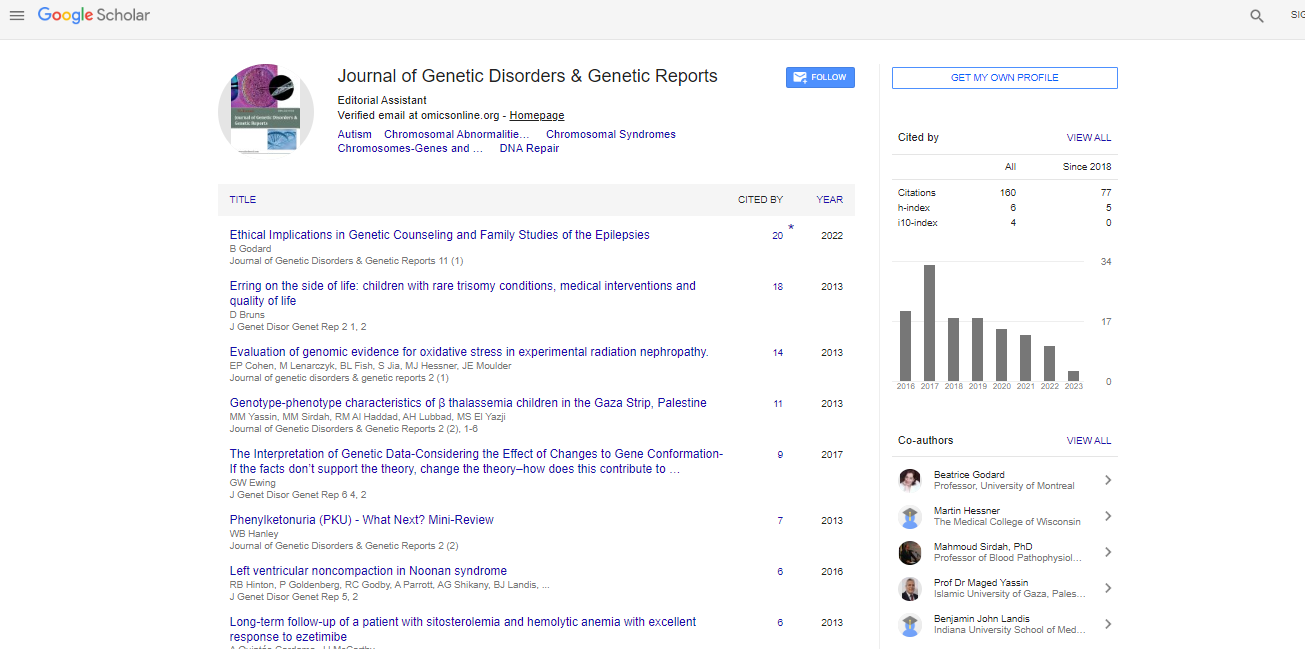Research Article, J Genet Disor Genet Rep Vol: 6 Issue: 2
Evaluation of Fenitrothion against Culex pipiens (Diptera: Culicidae) Larvae in Grand Tunis Area of Tunisia
Ahmed Tabbabi1*, Jaber Daaboub1,2, Ali Lamari1, Raja Ben Cheikh1, Ibtissem Ben Jha1 and Hassen Ben Cheikh1
1Laboratory of Genetics, Faculty of Medicine of Monastir, Monastir University, Monastir-5019, Tunisia
2Department of Hygiene and Environmental Protection, Ministry of Public Health, Bab Saadoun, Tunis-1006, Tunisia
*Corresponding Author : Tabbabi A
Laboratory of Genetics, Faculty of Medicine of Monastir, Monastir University, Monastir-5019, Tunisia
Tel: +216-97 085 424
E-mail: tabbabiahmed@gmail.com
Received: May 04, 2017 Accepted: May 13, 2017 Published: May 22, 2017
Citation: Tabbabi A, Daaboub J, Lamari A, Ben Cheikh R, Ben Jha I, et al. (2017) Evaluation of Fenitrothion against Culex pipiens (Diptera: Culicidae) Larvae in Grand Tunis Area of Tunisia. J Genet Disor Genet Rep 6:2.doi: 10.4172/2327-5790.1000157
Abstract
Resistance toward 2 insecticides (fenitrothion and propoxur) was analyzed in 5 samples of Culex pipiens populations collected from various localities of Grand Tunis area, Northeast Tunisia. All studied samples were resistant to fenitrothion and propoxur insecticides. The study of esterase’s activities showed the existence of five overproduced esterases: C1, A1, A2-B2, A4-B4 (and/or A5-B5) and B12. One or several esterases were detected in the studied samples. We also showed that the resistance to fenitrothion was correlated with the propoxur resistance indicating that modifications of the target, the AChE 1, can be involved in the OP resistance. These results should be considered in the current mosquitoes control programs in Tunisia.
 Spanish
Spanish  Chinese
Chinese  Russian
Russian  German
German  French
French  Japanese
Japanese  Portuguese
Portuguese  Hindi
Hindi 



